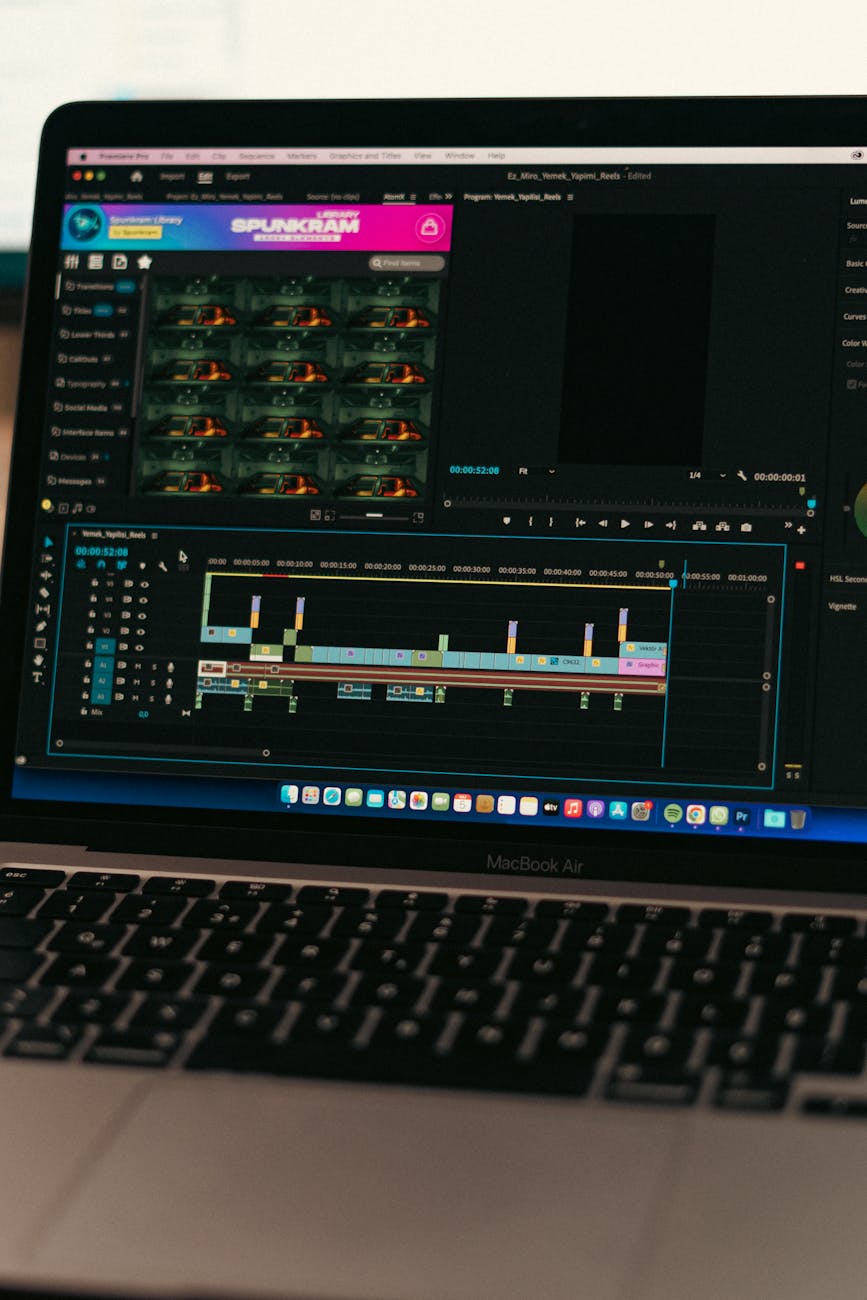Your First Steps: Mastering VS Code as a Beginner
Visual Studio Code, or VS Code as it’s commonly known, has rapidly become the go-to code editor for developers of all skill levels. Its versatility, extensive customization options, and powerful features make it a compelling choice for everything from simple HTML edits to complex software development projects. But for a beginner, the sheer number of options can feel overwhelming. This article aims to demystify VS Code, guiding you through the essential setup, core functionalities, and helpful extensions that will transform you from a novice to a confident VS Code user. We’ll cover installation, basic navigation, essential settings, and some must-have extensions to boost your productivity. Let’s dive in and unlock the potential of this powerful tool!
Installation and Initial Setup
Getting started with VS Code is remarkably straightforward. Head over to the official website (https://code.visualstudio.com/) and download the appropriate version for your operating system (Windows, macOS, or Linux). The installation process is standard for each platform – simply follow the on-screen instructions. Once installed, launch VS Code. You’ll be greeted with a welcome screen offering options to explore documentation, create a new file, or open an existing project. It’s worth noting that VS Code is built on Electron, meaning it’s cross-platform and shares a similar architecture to applications like Slack and Discord. During the initial setup, you might be prompted to select a theme – choose one that’s visually appealing to you, as you’ll be spending a lot of time looking at it!
Navigating the VS Code Interface
Understanding the VS Code interface is crucial for efficient coding. Let’s break down the key areas:
- Activity Bar: Located on the left side, this bar provides quick access to essential features like Explorer (file management), Search, Source Control (Git integration), and Debugging.
- Explorer: Displays your project’s file structure, allowing you to easily navigate and manage files.
- Editor: The main area where you write and edit your code. You can open multiple files, each appearing in a separate tab.
- Status Bar: At the bottom, this bar shows information like the current line number, indentation settings, and Git branch.
- Terminal: Accessible from the View menu or using the shortcut Ctrl+` (backtick), the integrated terminal allows you to run commands directly within VS Code, without needing to switch to a separate terminal window.
Mastering keyboard shortcuts will significantly speed up your workflow. Common shortcuts include Ctrl+S (Save), Ctrl+C/V (Copy/Paste), Ctrl+Z/Y (Undo/Redo), and Ctrl+F (Find). VS Code allows you to customize these shortcuts to your preference.
Essential Settings and Customization
VS Code’s power lies in its extensive customization options. Access the settings by going to File > Preferences > Settings (or using the shortcut Ctrl+,). Here, you can tweak almost every aspect of the editor. Some key settings to consider:
- Font Size and Family: Adjust the font size and type for optimal readability.
- Theme: Choose a theme that suits your visual preferences. Dark themes are popular for reducing eye strain.
- Auto Save: Enable auto-save to prevent accidental data loss.
- Indentation: Configure your preferred indentation style (tabs or spaces) and size.
- Line Numbers: Display line numbers for easier debugging and code referencing.
VS Code uses JSON format for its settings file, allowing for advanced customization and sharing of settings across different machines. You can even create custom snippets to automate repetitive code blocks.
Boosting Productivity with Extensions
VS Code’s extension marketplace is a treasure trove of tools that can significantly enhance your coding experience. Here are a few essential extensions for beginners:
| Extension Name | Description | Use Case |
|---|---|---|
| Prettier – Code formatter | Automatically formats your code to maintain consistency. | Ensuring code style and readability. |
| ESLint | Lints JavaScript code to identify potential errors and style issues. | Improving code quality and preventing errors. |
| Live Server | Starts a local development server with live reload functionality. | Quickly testing HTML, CSS, and JavaScript changes. |
| Bracket Pair Colorizer | Colors matching brackets to improve code readability. | Easier navigation and understanding of code structure. |
| Python | Provides language support for Python, including IntelliSense, linting, and debugging. | Developing Python applications. |
To install an extension, click on the Extensions icon in the Activity Bar (or use the shortcut Ctrl+Shift+X). Search for the extension you want and click “Install.”
Conclusion
Congratulations! You’ve taken your first steps towards mastering Visual Studio Code. We’ve covered the fundamentals, from installation and navigating the interface to customizing settings and leveraging the power of extensions. Remember that VS Code is a highly adaptable tool, and the best way to learn is through experimentation. Don’t be afraid to explore the settings, try out different extensions, and customize the editor to fit your specific workflow. The integrated terminal is a powerful asset, allowing you to run commands and manage your projects directly within the editor. Furthermore, the vast extension marketplace ensures that you can always find tools to enhance your productivity and streamline your development process. With consistent practice and a willingness to learn, VS Code will become an indispensable part of your coding toolkit, empowering you to tackle projects of any size and complexity.
